Welcome to the white city of Peru: Arequipa. There are different theories about the origin of the name White City. One theory is that this name is derived from the sillar stone often used for houses. Another theory is somewhat less pleasant and goes back to the history of the Spanish occupiers. Arequipa was once a city with many inhabitants of Spanish descent, who had correspondingly light skin tones. In addition, these same inhabitants probably forbade the indigenous people from living in the city center, which is said to have led to the nickname White City. Either way, we are looking forward to exploring Arequipa as it is today.
Panorama of the old town with many volcanoes
The cityscape of Arequipa’s old town is characterized by the colonialist style, mixed with local elements and building materials such as sillar stone. Accordingly, we find a large Plaza Mayor with typical, magnificent historical buildings in the center of Arequipa’s old town. And the various volcanoes that frame Arequipa can always be seen in the background. Misti, Chachani and Picchu Picchu are the names of the volcanoes. They are omnipresent and yet at a sufficient distance from the city center not to feel unsafe. It could well be that one of the three suddenly erupts again. Fortunately, this was not the case during our visit to Arequipa.
Cathedral of Arequipa
Arequipa Cathedral occupies a special position. Not only in Arequipa, but also worldwide. On the one hand, the cathedral stands magnificently on the Plaza Mayor and takes up an entire side of the square, on the other hand it was built using building materials from all over the world and is also one of very few churches to fly the flag of the Vatican. We didn’t know this beforehand either, but this is probably only allowed in less than 100 churches worldwide. Due to the severe damage caused by an earthquake in the mid-19th century and the resulting restoration, the cathedral looks quite modern. A slightly more modern floor plan and new furnishings from the early 2000s underline this impression. After this short detour to another cathedral, we follow in the footsteps of nuns in Arequipa at the Santa Catalina monastery.
Santa Catalina Monastery
As is so often the case, the Santa Catalina monastery is a city within a city. More or less separated from the outside world, up to 150 nuns lived in the Santa Catalina monastery. What is exciting for us is that each nun had her own little apartment, well, her own living area. Depending on the wealth of the ancestral family, the rooms were built larger or smaller and each room had its own kitchen. It was fascinating to see how the nuns lived together and yet quite independently of each other if desired. The Santa Catalina monastery was only opened to the public in 1970 to reveal the nuns’ very simple way of life. Time seems to have stood still in many places, for example, cooking was still done on an open fire in the nuns’ rooms. Only in the communal kitchen there was an electric stove purchased around 1950.
We enjoy the many different corridors and marvel at the nuns’ various rooms on the tour. There is also an ingenious water system, which was used both for washing and for personal hygiene. Only very occasionally were water channels run through the nuns’ rooms, and then only through the rooms of the higher-ranking nuns, to provide running water in their rooms.
In Arequipa, we eat out really well a few times; by pure chance, we actually eat fondue in a restaurant with a Swiss owner on August 1st. The service staff are delighted to actually have Swiss people in their restaurant on Swiss National Day.
We also use Arequipa to get our van ready for the next stage through Bolivia. Check the brakes, check the oil levels and get air filters. That’s our program in addition to the tourist tour. And Arequipa is perfect for this. There are two entire districts that revolve exclusively around cars and their spare parts. It comes as no surprise that, after several attempts, we are even able to buy original air filters for our Sprinter engine. Great – we are now equipped for the next few kilometers in South America.


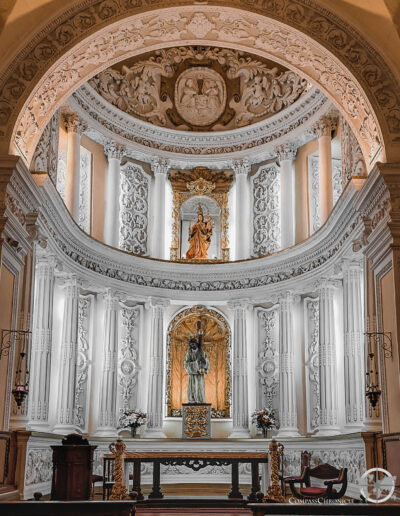
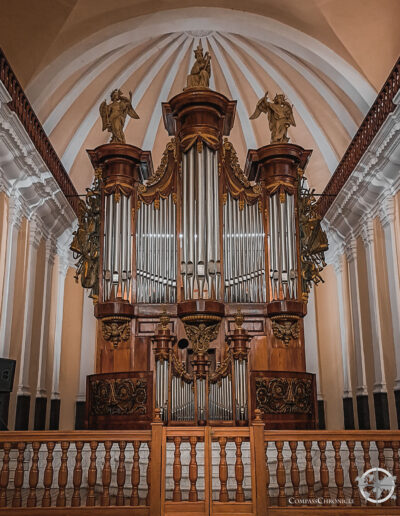

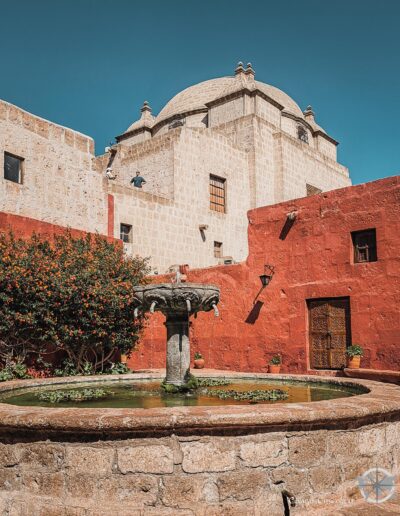
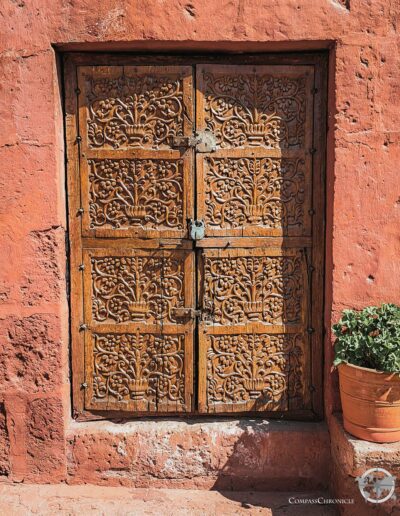
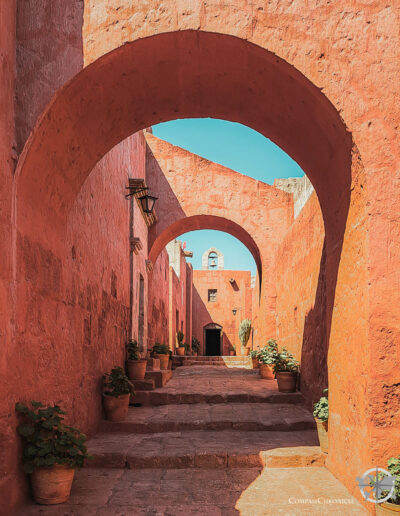
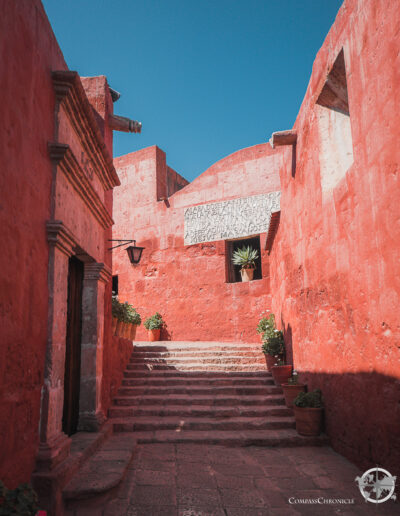
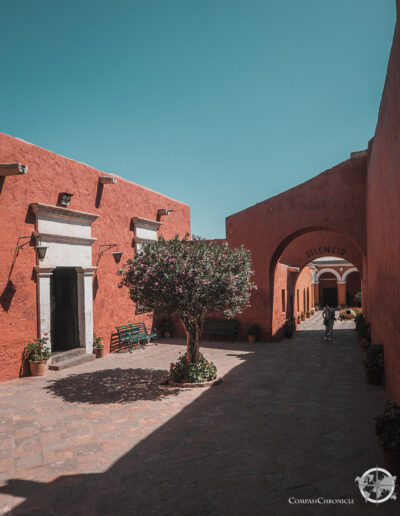
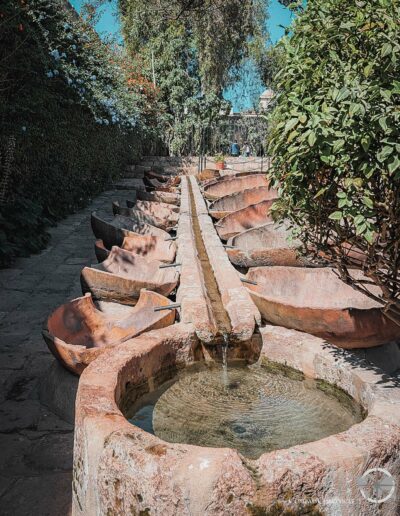



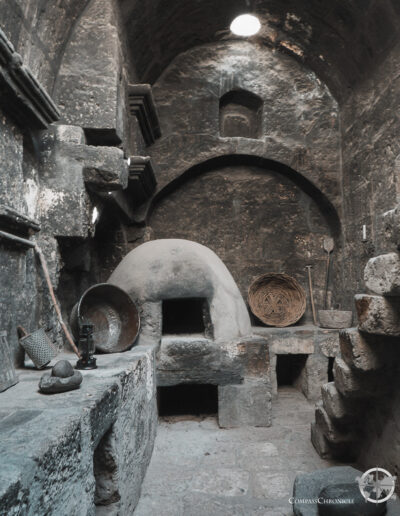
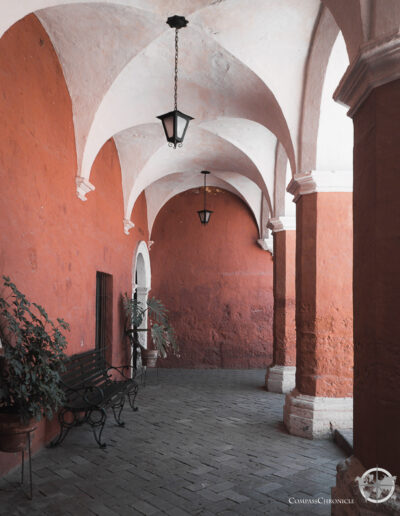
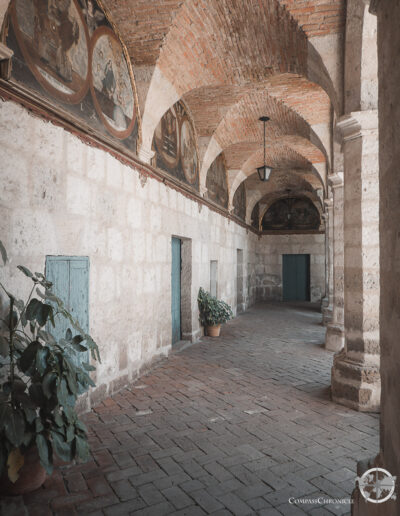
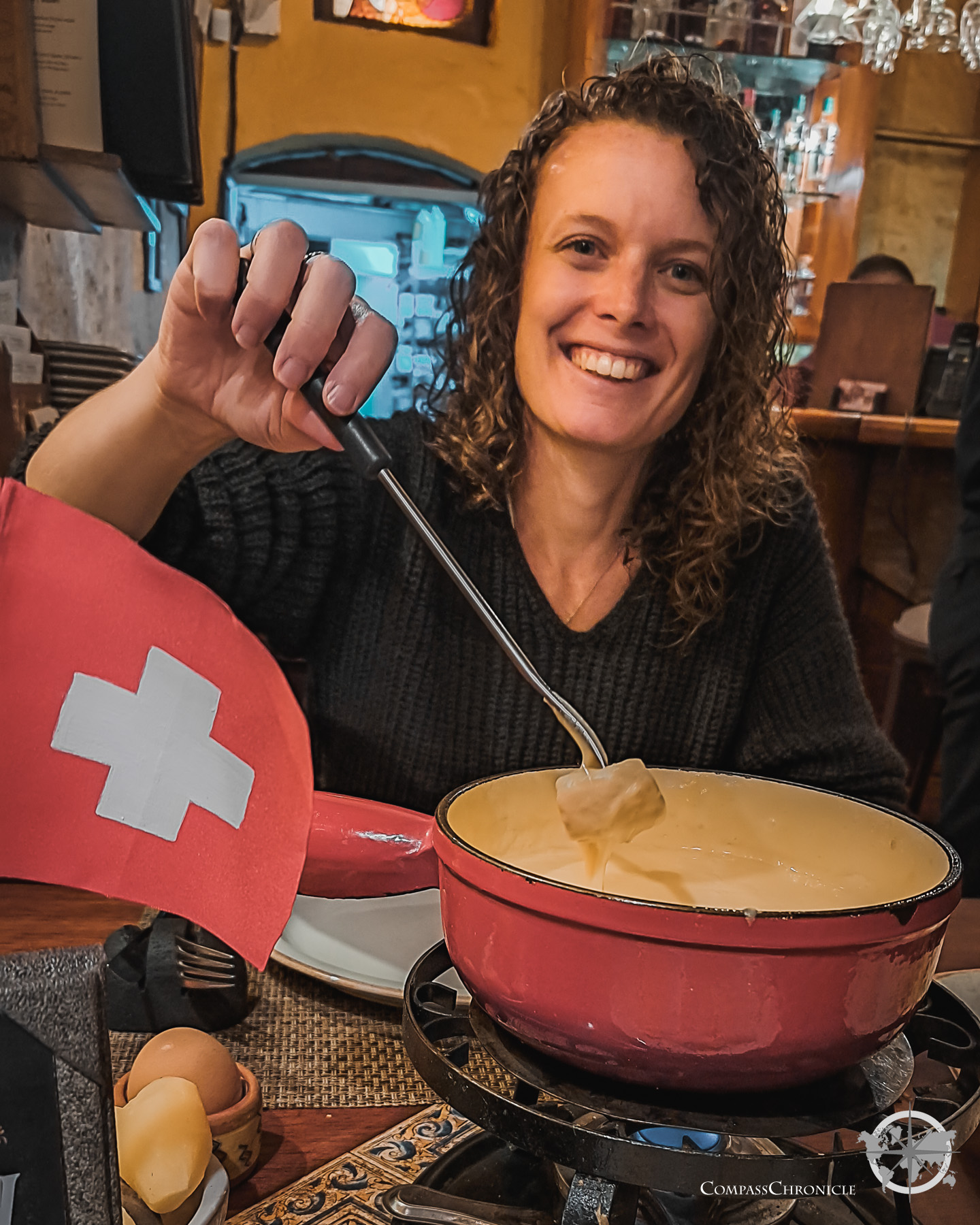
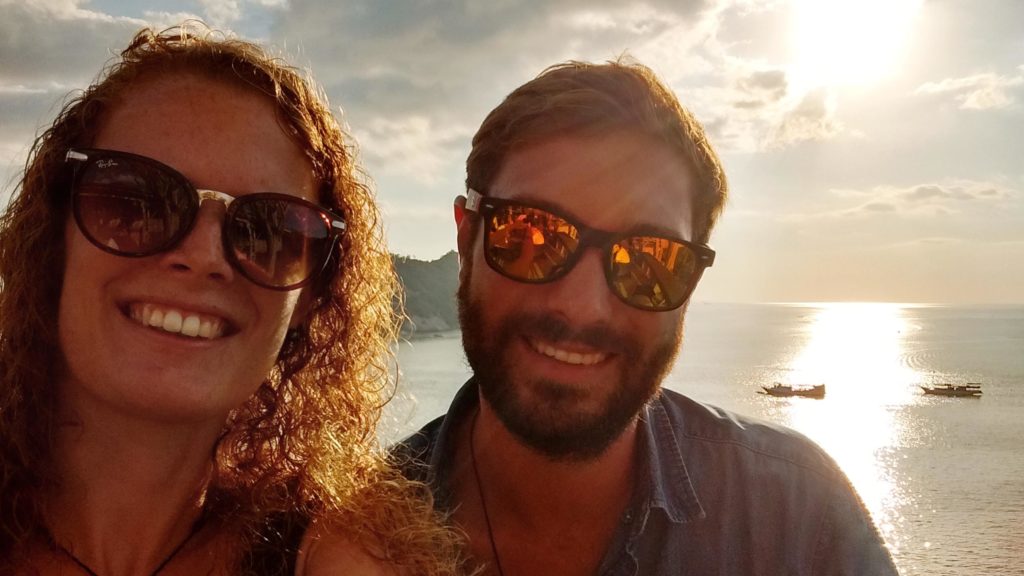
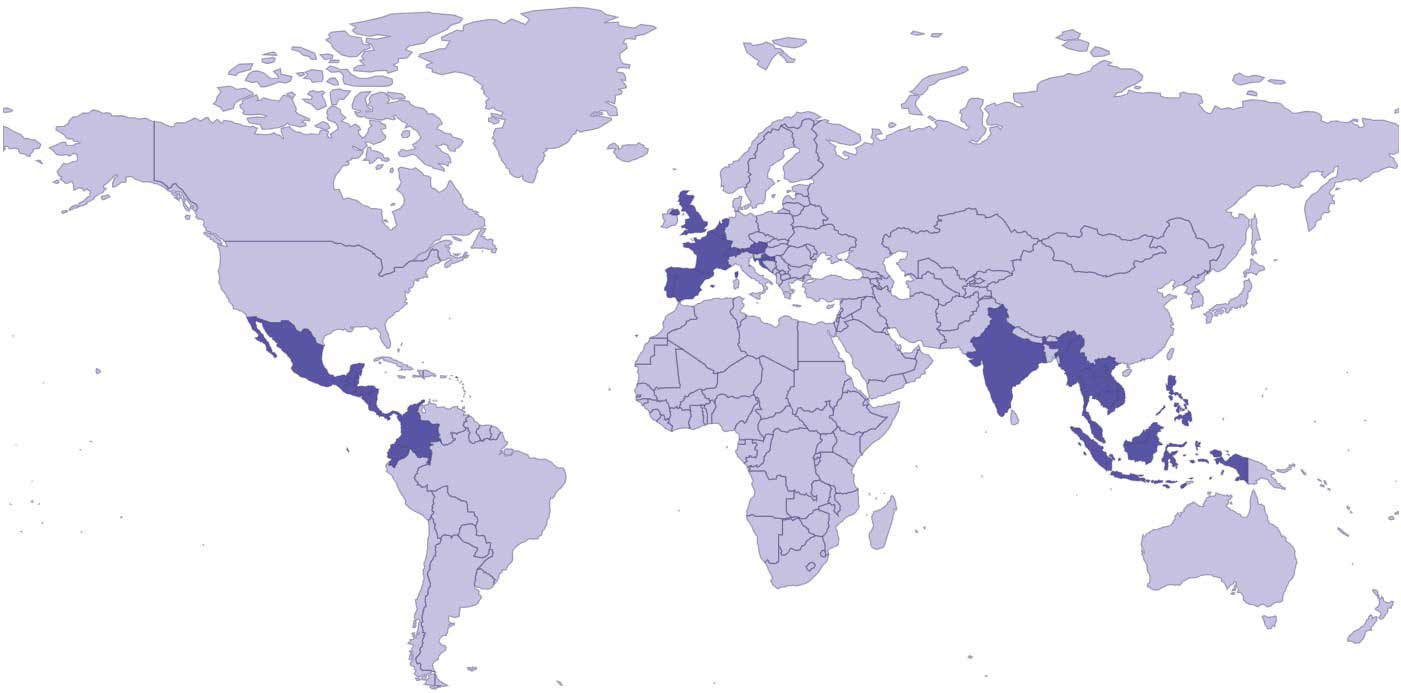

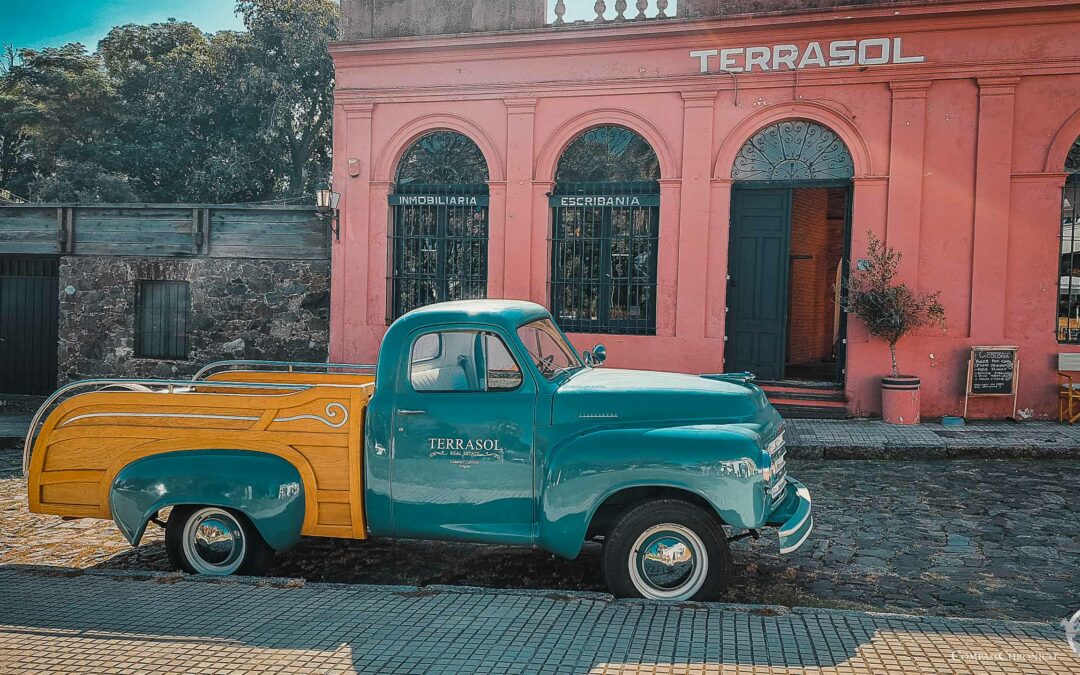
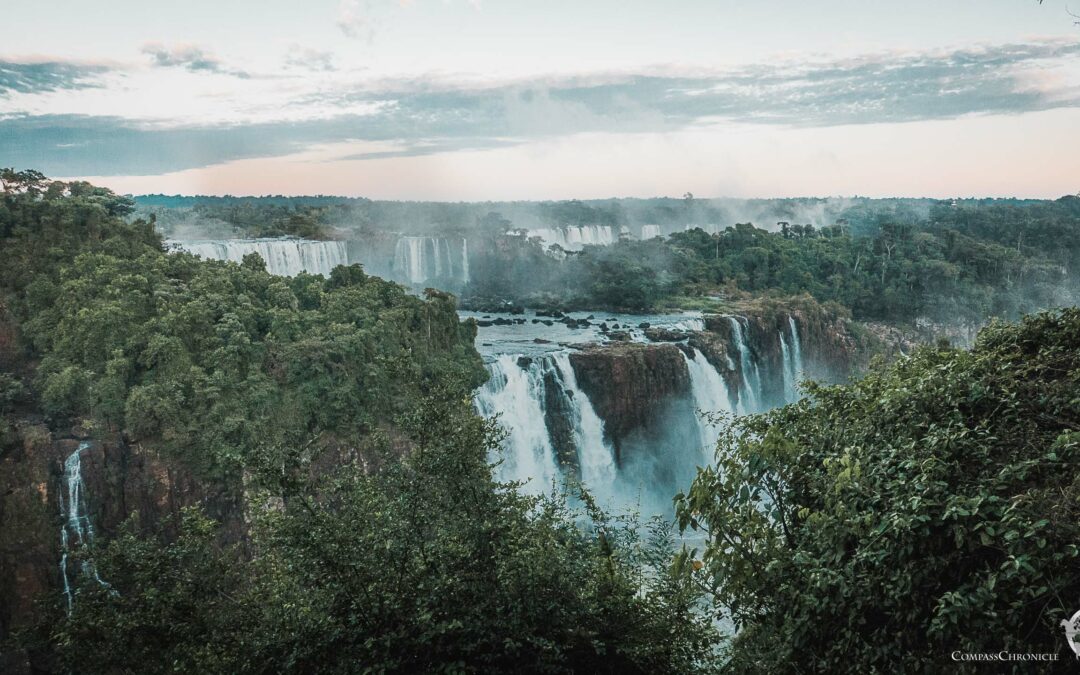
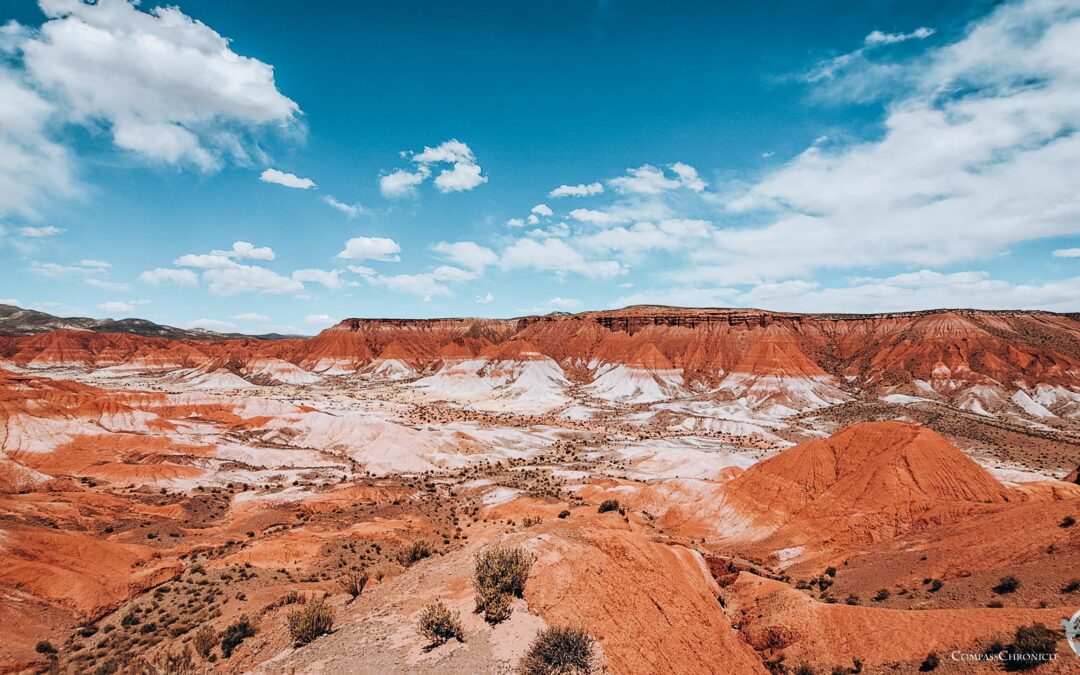
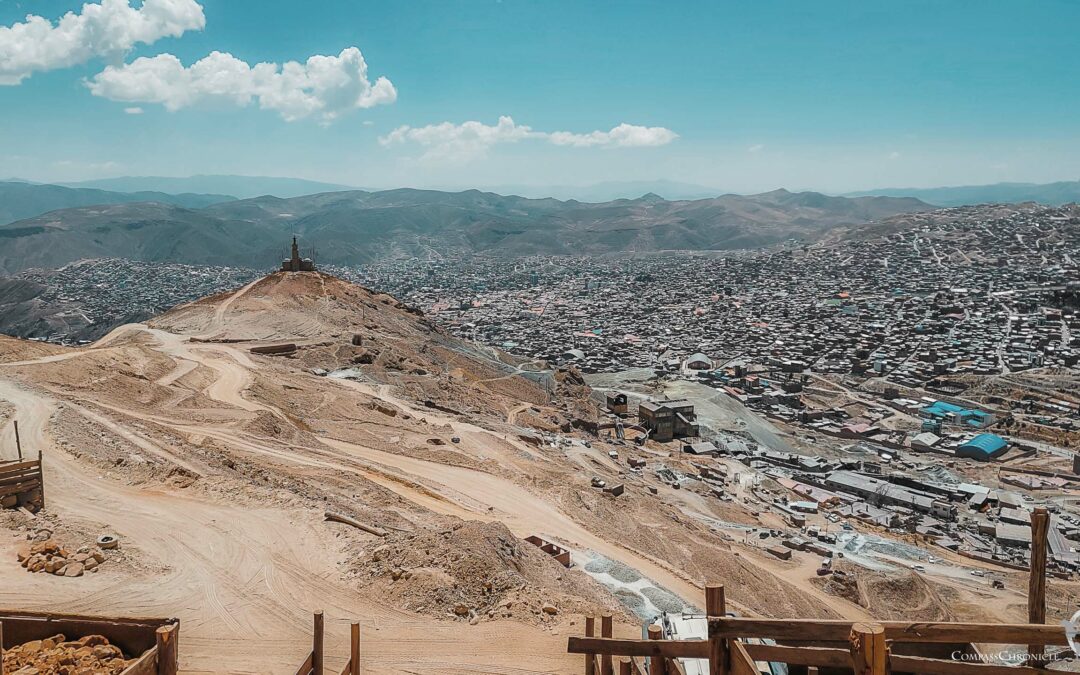
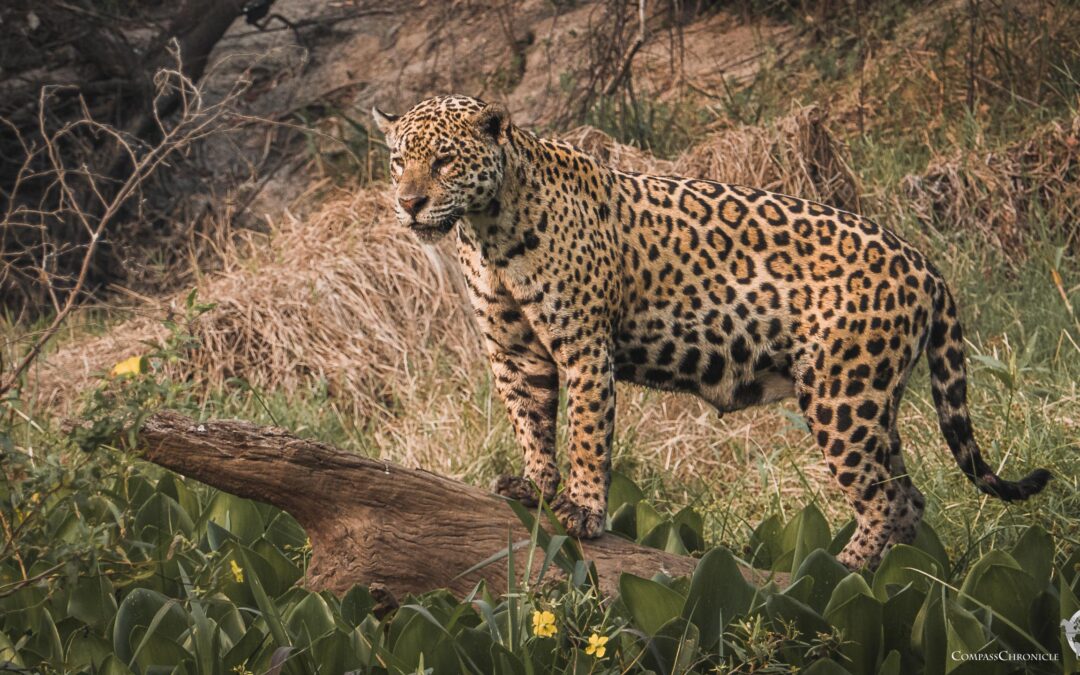
0 Comments